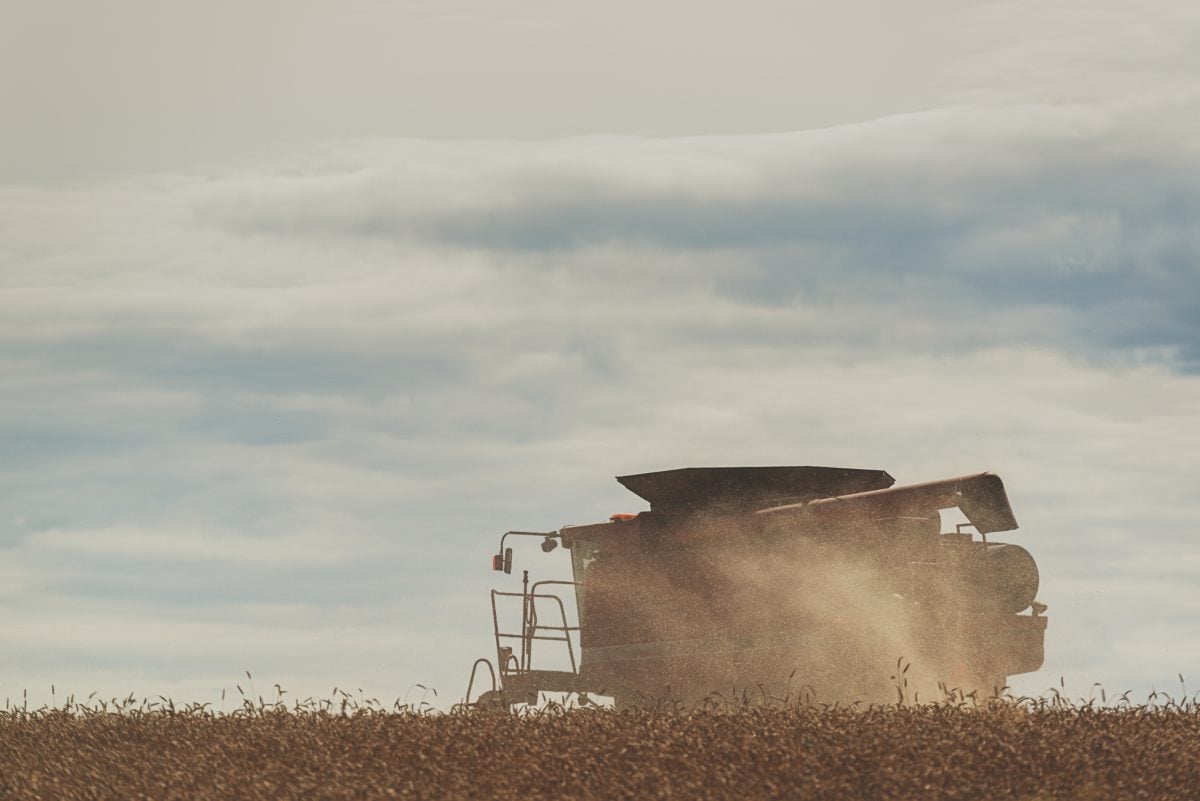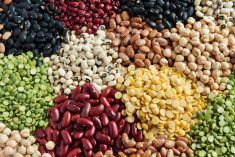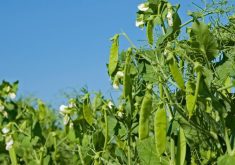Glacier FarmMedia | MarketsFarm — Dale Risula, provincial pulse specialist for the Saskatchewan government, said conditions were varied across the province as the calendar turned to May.
Seeding has already started in southwestern parts of the province, while a snowstorm that covered central Saskatchewan late last month has replenished moisture in those areas.
“(Most) of the province (had) kind of a moderate amount of precipitation. Nothing over the top, just kind of average. The south is a little bit below-average for precipitation,” Risula said. “You’ll probably have better soil conditions as you go north.”
Read Also

Manitoba Crop Report: Harvest advances despite heavy rains
Despite heavy rains in much of the province, Manitoba’s harvest advanced to 86 per cent complete as of Oct. 6, 2025.
So far, the drier south has seen plantings progress the most.
“A very low percentage has been done right now, but people, from what I’ve seen, they’re growing wheat and durum and lentils for the most part,” he added. “I suspect other crops will be going in, but it’s too early to tell what the divisions are going to be in terms of the quantity of each type.”
Risula thinks growers are becoming hesitant to plant peas considering China’s 25 per cent tariffs on Canadian pea imports. India’s tariff exemption for Canadian yellow peas is set to expire at the end of this month.
So far this marketing year, 1.533 million tonnes of Canadian peas were exported as of April 27, according to the Canadian Grain Commission, compared to 1.745 million one year earlier. During the week ended April 27, only 400 tonnes were exported, compared to 50,100 the previous week.
“All this whole talk about tariffs is causing people to rethink their seeding plans this year,” he added. “I think there will be fewer peas and in place of that will be more lentils … I think there will be more chickpeas going in, not across the province, but extending further out from their traditional area because they’re better at adapting to changing conditions.”
Timely precipitation and adequate, intermittent rainfall will be needed for successful pulse crops this year, said Risula, adding that too much moisture can cause pathogen problems for pulse crops.

















